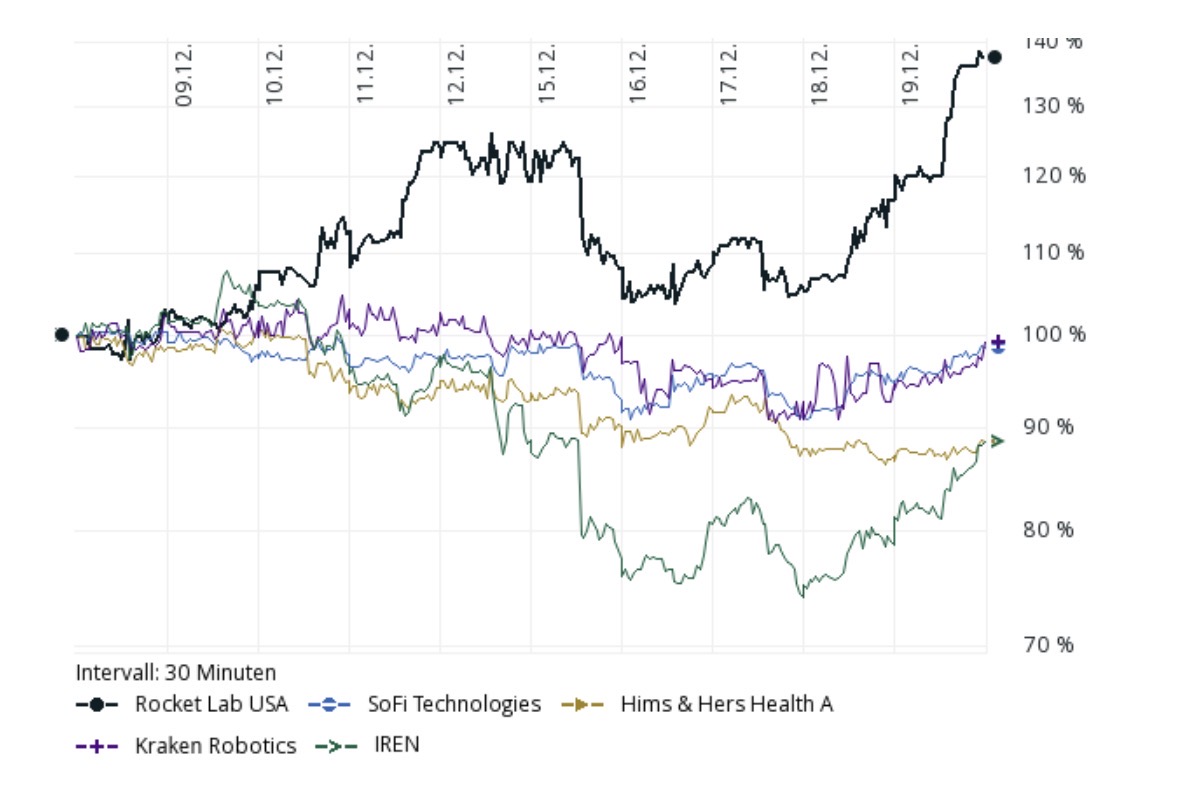My goal for this year was to reach a portfolio value of €40,000. I more than met that goal. In January, my portfolio was still at €14,000. This year I deliberately deposited a lot and worked hard. Step by step, the amount continued to grow. This eventually resulted in a portfolio value of €50,000. The fact that I was able to achieve this at around age 22 makes it extra special. Secretly I am quite proud of this. On to more highlights!
(For the sourpusses among us, the % on getquin of 3% total profit/loss is not correct, this is +-10%. Still not shockingly much of course, but the honest story 🙂 ).
$BTC (-1,3 %)
$VWRL (-0,08 %)
$TDIV (+0,31 %)
$JEGP (+0,08 %)
$JEPQ (-0,21 %)
$VUSA (-0,32 %)

























